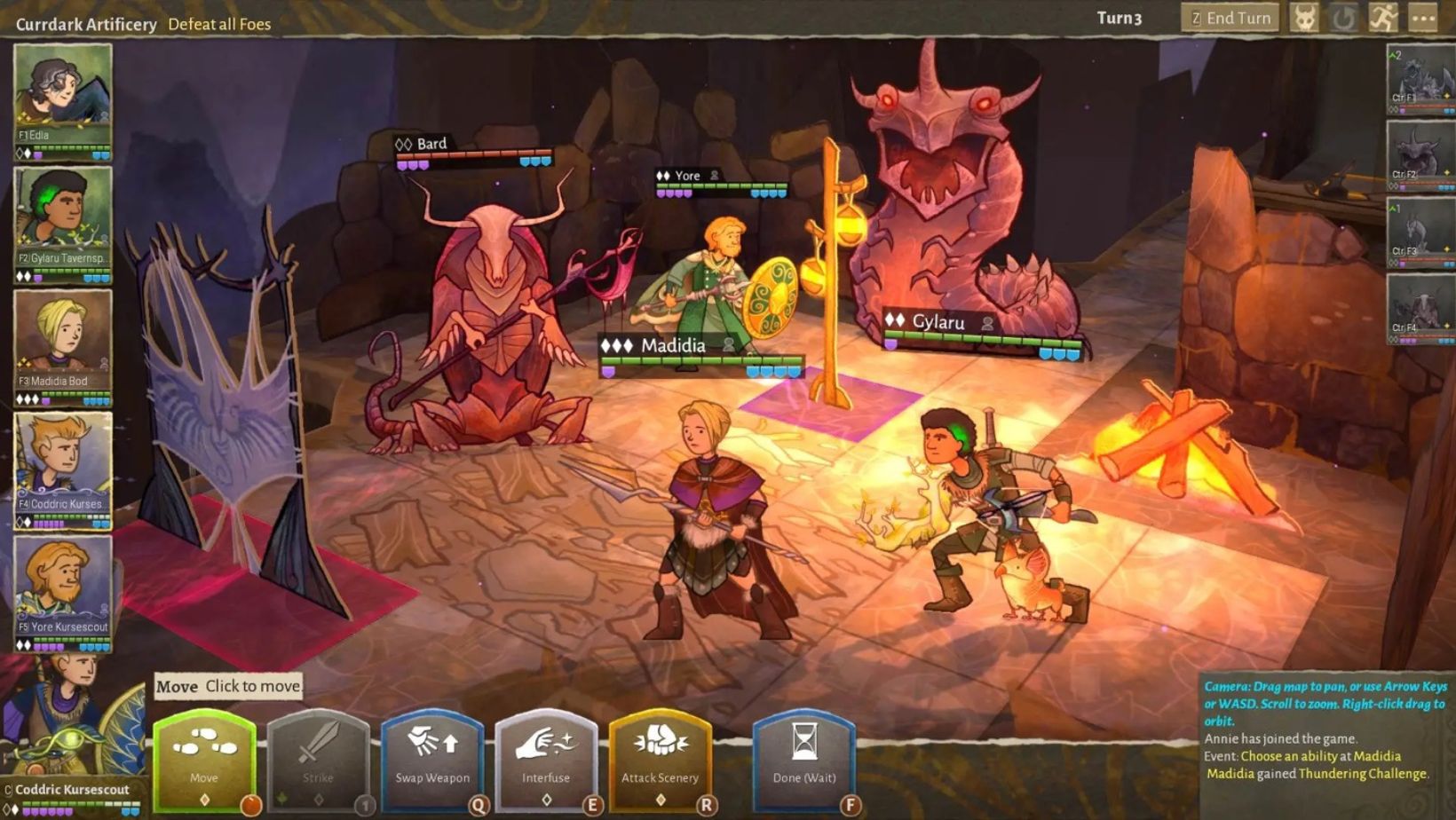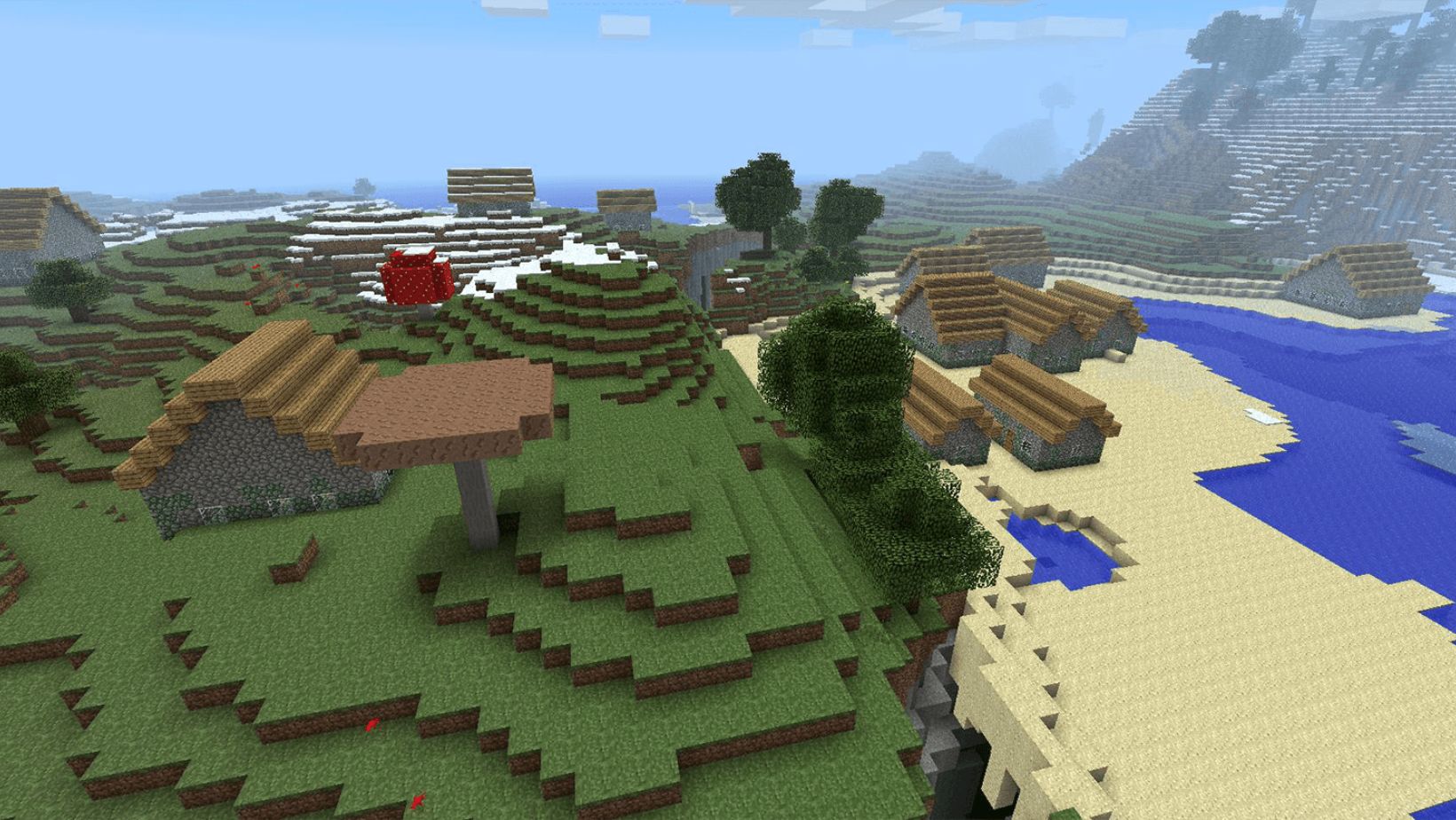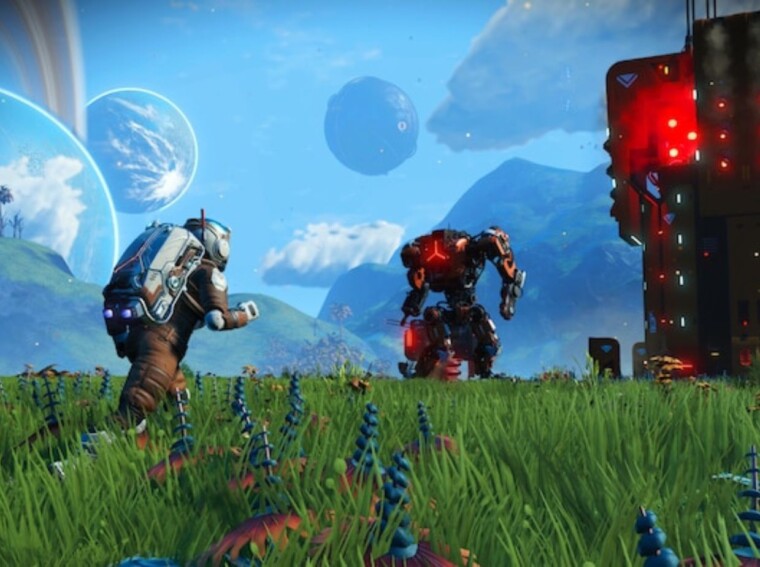The rapid evolution of gaming technology has given rise to innovative approaches to content creation. One such groundbreaking technique is procedural generation, which has reshaped the way developers approach game design and content production. Through automated algorithms and intricate rules, the gaming world is now witnessing an era of infinite possibilities.
A Brief Overview of Procedural Generation
At its core, procedural generation involves the creation of content algorithmically rather than manually. It offers a dynamic system where developers can create rules, and the software then autonomously generates game elements, such as terrains, characters, and items, based on those rules. This method contrasts traditional design, where every game aspect is explicitly handcrafted.
The Advantages of Using Procedural Generation in Gaming: Infinite Worlds and Exploration
One of the primary benefits of procedural generation is the capacity to generate expansive worlds. This results in environments that can surprise even the developers themselves, as the algorithm spawns terrains and biomes. Games like “Minecraft” and “No Man’s Sky” are testimonials to the wonders of procedurally generated universes, ensuring no two players experience the exact same setting.
The Challenge of Maintaining Quality and Consistency: Ensuring Game Integrity
But procedural generation is not without its challenges. There’s a fine line between a world that feels organically expansive and one that feels repetitive or disjointed. Ensuring that generated content feels coherent and maintains the overarching game’s theme and quality can be a meticulous task.
Enhancing Replayability Through Procedural Generation: A New Experience Every Time
Games with procedural elements tend to be highly replayable. The unpredictability ensures that players encounter diverse challenges or treasures in every session, encouraging multiple playthroughs and providing players with fresh experiences consistently.
This dynamic content generation instills a sense of wonder and anticipation, ensuring that each gaming session feels new. As players delve into these ever-changing landscapes, they become more invested, promoting longer engagement and cementing the game’s place in their favorites list.
Reducing Development Time and Costs: Efficient Content Creation
From a development perspective, procedural generation can be a cost-efficient method. Instead of crafting intricate details manually—which is time-consuming and often expensive—developers can set rules for the software to create these details, optimizing the development process.
Procedural Generation in Different Game Genres: Role-Playing Games (RPGs) and Adventure
Procedural generation has been embraced by various genres.

In RPGs, for instance, developers can use it to create randomized dungeons, ensuring that players face new challenges and find different treasures each time they embark on a quest.
Customizability and Player Engagement: Tailoring the Gaming Experience
By allowing players to influence certain procedural parameters, games can offer a personalized touch. For example, city-building simulations might let players adjust terrain types or climate conditions, which the procedural engine then uses to craft a unique game environment.
Procedural Generation Beyond Traditional Gaming
Procedural generation is also used in online casino platforms and online casino apps to create the graphics that make the action so exciting. Whether it’s slot machine graphics or the action at a video poker game, proc-gen enables the player to enjoy smooth animations even on memory-constrained devices.
The Future of Procedural Generation in Gaming: Pushing the Boundaries of Game Design
With technology’s rapid advancement, procedural generation’s potential is bound to expand. As more sophisticated algorithms are developed, the gaming landscape will experience an era where the line between reality and virtual reality becomes increasingly blurred.
Striking a Balance Between Manual and Procedural Design: The Role of Human Touch in Gaming
As enticing as procedural generation is, the human touch in game design cannot be completely replaced. There’s an artistry to handcrafted elements that algorithms might not capture. Hence, the future likely lies in a harmonious blend of manual design and procedural generation.
Such a synergy ensures that games resonate emotionally with players while also offering vast, unpredictable terrains and challenges. It’s this balance that can bring the best of both worlds to the gaming experience.
Closing Thoughts on Procedural Generation: A Transformative Tool in the Gaming Arsenal
Procedural generation, with its vast scope and potential, stands as a revolutionary tool in the gaming industry. As we venture further into this digital age, it remains to be seen how developers will harness this power, promising players an even more immersive and dynamic gaming experience.
As technology continues to evolve, the line between the real and the virtual blurs. The integration of procedural generation with other emerging technologies, such as virtual reality (VR) and augmented reality (AR), will likely shape the next wave of immersive gaming experiences.
Imagine stepping into a VR world where every element—from the mountains in the distance to the flora underfoot—is procedurally generated, ensuring no two players experience the same world. These boundless environments can adapt and evolve based on player interactions, leading to dynamic storylines and challenges.

Furthermore, the convergence of Artificial Intelligence (AI) with procedural generation holds significant promise. Instead of simply creating landscapes or dungeons, future games might employ AI-driven procedural generation to develop characters with unique personalities, backstories, and motivations. Such advancements could pave the way for narratives that are not just expansive but also deeply personal and reactive to individual players.
Additionally, the social aspects of gaming are poised to be revolutionized by procedural generation. Multiplayer games that feature vast procedurally generated worlds can foster unique shared experiences.
Players can embark on collective adventures, facing challenges and discovering treasures in worlds that neither they nor the game’s developers have seen before. These shared experiences, shaped by the unpredictable nature of procedural generation, can enhance the sense of community and camaraderie among players.
In essence, the fusion of procedural generation with other cutting-edge technologies promises not just bigger game worlds but also more intricate, personalized, and socially engaging gaming experiences. The future of gaming, it seems, is not just about playing in a world but living in and shaping one’s own unique universe.
This transformative approach fosters a deeper connection between the player and the game, redefining boundaries and expectations in the digital realm.


